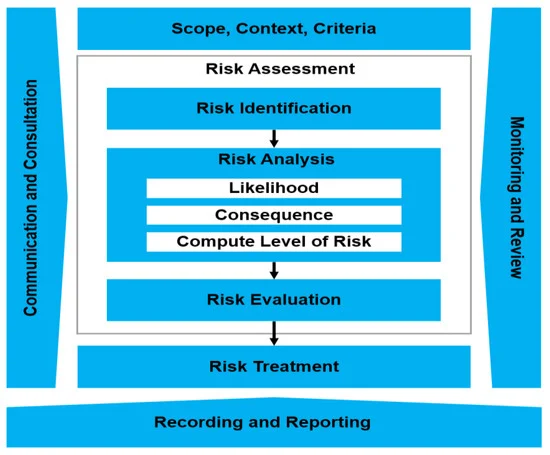As European organizations prepare for new cybersecurity regulations, many are wondering how DORA and NIS2 relate to each other. While both aim to strengthen digital resilience, they have distinct focuses and requirements.
Overview of Each Regulation
DORA (Digital Operational Resilience Act)
DORA specifically targets financial entities and creates a comprehensive framework for ICT risk management in the financial sector. It covers approximately 20,000+ entities including banks, insurance companies, investment firms, and their critical ICT service providers.
NIS2 (Network and Information Security Directive)
NIS2 is broader in scope, covering essential and important entities across multiple sectors including energy, transport, health, and digital infrastructure. It aims to achieve a high common level of cybersecurity across the EU.
Key Differences
| Aspect | DORA | NIS2 |
|---|---|---|
| Sector Focus | Financial services only | Multiple critical sectors |
| Scope | ICT operational resilience | Broader cybersecurity measures |
| Testing Requirements | Threat-led penetration testing (TLPT) | Less specific testing requirements |
| Third-Party Oversight | Direct EU supervision of critical providers | Entity responsible for supplier security |
| Incident Reporting | Detailed financial sector reporting | Broader incident notification |
Overlaps and Complementarity
For financial institutions, both regulations apply. However, DORA is considered lex specialis - meaning it takes precedence for financial entities on matters it specifically addresses. Organizations must comply with:
- DORA requirements for ICT operational resilience
- NIS2 requirements not specifically covered by DORA
Practical Implications
For Financial Institutions
- DORA provides the primary framework for ICT risk management
- NIS2 may add requirements in areas not explicitly covered by DORA
- Governance structures should address both regulations
- Incident reporting must meet both frameworks
For ICT Service Providers
Critical ICT service providers to financial institutions will face:
- Direct oversight under DORA
- Potential NIS2 obligations if serving other sectors
- Need for integrated compliance programs
Compliance Strategy
Organizations subject to both regulations should:
- Map Requirements: Identify overlaps and unique requirements
- Integrated Approach: Create unified governance structures
- Prioritize DORA: For financial institutions, ensure DORA compliance first
- Gap Analysis: Identify NIS2 requirements not covered by DORA
- Unified Documentation: Maintain integrated compliance evidence
Timeline Considerations
- DORA: Applicable from January 17, 2025
- NIS2: Member states must transpose by October 17, 2024, with application by October 17, 2024
Conclusion
While DORA and NIS2 have different focuses, financial institutions can leverage synergies between them. A well-designed compliance program can address both efficiently, avoiding duplication while ensuring comprehensive coverage of all requirements.
